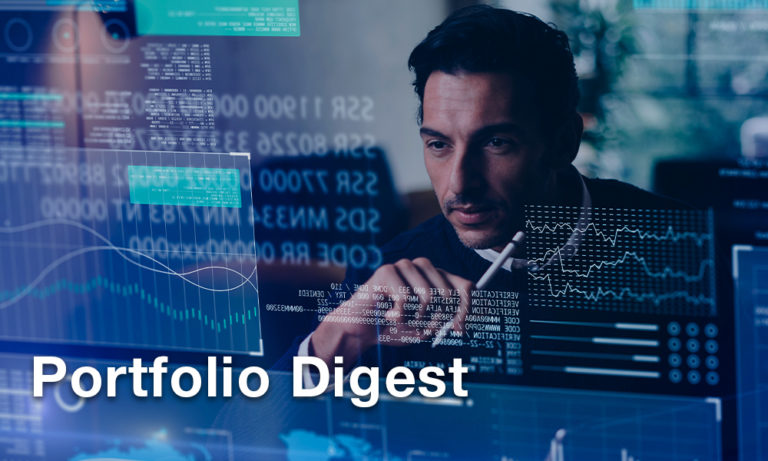Debt Is Forever.

When you spend enough time in a space that borrows a lot from traditional finance, you start to think in different categories. Among them are the time value of money, risk premium, and buying/selling volatility. All this sounds foreign to normal people, which is a big “psyops.”
And debt is also “psyops.” The Fed increases the debt ceiling because USD is the world’s reserve currency. When the country needs to solve a large problem, they go with Quantitative Easing. When inflation is at a 40-year high, they do a round of Quantitative Tightening. They keep kicking the can down the road.
Debt is an instrument, but it’s also a drug that is addictive to governments, companies, and individuals. But while the Fed can manage its debt by just raising the ceiling, companies and individuals suffer the consequences of their irresponsible addiction.
When rates are almost zero, it’s tempting to get in debt. When assets are growing, it’s tempting to crank up leverage. But when the music stops, the majority starts to freak out, and we have outcomes like liquidations and layoffs.
I’m reading Simon Sinek’s “The Infinite Game” when I have a chance, so I see classic examples of people and organizations trying to play the infinite game of the markets with a finite mindset.
Individuals try to gamble their way out of poverty. Organizations try to squeeze everything out of an upward trend in the attempt to make a leap and become too big to fail. Debt plays a big role in that, and if the market becomes hostile, repercussions don’t take long to come.
On the other side of the spectrum are doomsday prophets. They try to nail the market by waiting for a total collapse of the entire system, hoarding cash, and waiting for a buying opportunity.
But the opportunity never comes. The government pulls itself out of the predicament by balancing between easing and tightening policies. The system gets a proper rinse, irresponsible actors end up on the sidelines, doomsdayers end up on the fence, and the growth resumes.
That’s why we keep preaching that responsible exposure to assets is paramount. If you don’t flow with the market adjusting along the way, you will get left behind. Don’t expose yourself to any growth assets continuously, and your cash slowly burns to the ground. Expose too much, and you get rekt when the market turns south.
In this regard, it’s important to be able to stomach losses. Volatile assets are the only way to grow one’s portfolio, but volatility can be to the downside, and you cannot time when that will happen and how long that will last.
Gloomy times are the times of opportunity for the responsible actors in the market. And in my opinion, responsibility means remaining exposed, but not too much so it can hurt you and not to the assets you can’t hold onto when they are in the red.
It’s easier said than done, I know. When the market is going down, I force myself to increase exposure to assets that I like. If the price goes down even further, I often question my decisions. You can’t get away from emotions, but you can learn to ignore them.
What’s not to be ignored is reasoning and theses. They drive SIMETRI Portfolio and our personal investment decisions. And they should keep us in the game once the system gets a proper rinse and irresponsible actors are out.
SIMETRI Portfolio – Dragged Down
As macroeconomic conditions are dragging down the crypto space, SIMETRI Portfolio ROI sliding shouldn’t come as a surprise. $BTC is at key levels right now. So, if it breaks to the downside, we may see more severe losses.
The logical winner of the worsening macro is Tornado Cash. Privacy takes the spotlight when capital flies from Russia.

